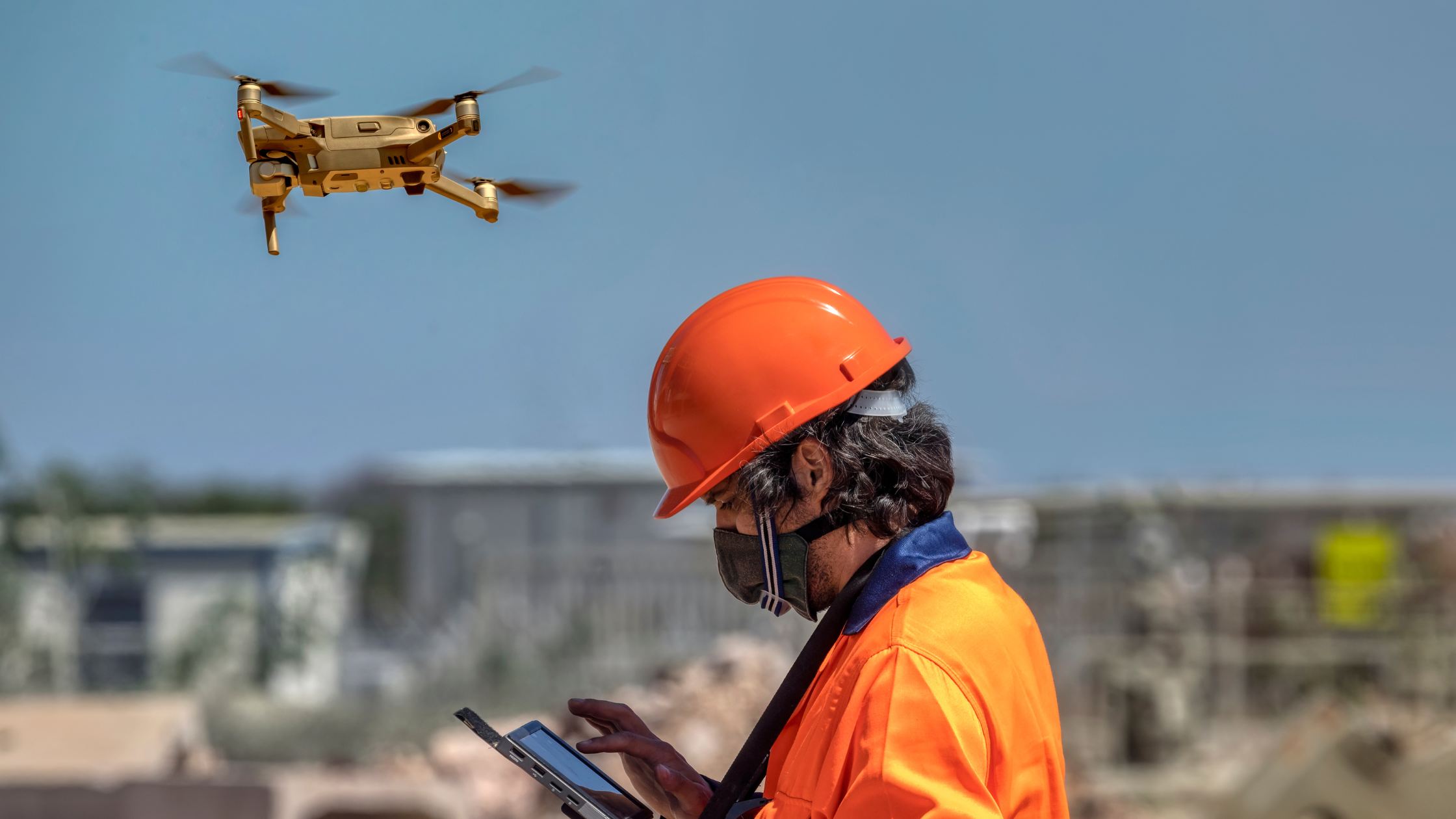U.S. infrastructure is in deplorable shape. While a bi-partisan Infrastructure Plan was passed and touted as the genesis of 10 million expected jobs, it’s just the tip of the iceberg in terms of fixing the nation’s infrastructure.
Broken byways bedevil U.S.
U.S. infrastructure is in bad shape, and while the Infrastructure Plan will help, it’s just a start. Technological tools play a pivotal role in transforming the problem of failing infrastructure into an opportunity to advance construction methods, designs, and technology.
The extent of the problem: The American Society of Civil Engineers gave U.S. infrastructure an overall grade of C- in 2021, a slight upgrade from a D+ in 2017. Among the 17 types of infrastructure rated, 11 received a D rating.
According to the Staista Research Department, dams were the type of U.S. infrastructure with the oldest average age as of 2022, at an average of 58 years old. The average age of rails was 28 years old. Additionally, heavy use has left 43% of public roads in poor or mediocre condition.
In 2023, American infrastructure had a funding gap of $2.6 trillion, and experts warn that the U.S. could lose $10 trillion by 2039 due to underspending on infrastructure.
Tech tools provide infrastructure solutions
“Technology must play a pivotal role in addressing the challenges of infrastructure replacement and remediation,” said Andrea Paglialunga, business development manager for Geomap. “LiDAR, drones, and structural health monitoring systems enable comprehensive and non-invasive inspections of bridges and roads. These technologies can gather detailed data on structural integrity, corrosion, and deformation, facilitating early detection of potential issues.”
She went on to say, “They represent a crucial and mandatory step in analyzing the status and scheduling maintenance and interventions. Additionally, Building Information Modeling (BIM) facilitates collaborative design and construction processes, enhancing the accuracy of infrastructure projects.”
The industry also needs to embrace using predictive analytics and machine learning algorithms, Paglialunga said.“They can analyze vast amounts of data to forecast infrastructure degradation and optimize maintenance schedules, ensuring proactive and cost-effective asset management.”
Facility management tools also play a crucial part in infrastructure repair and replacement by collecting and effectively managing information.
“In Europe, governments, industry stakeholders, and research institutions are investing in innovative solutions to enhance the resilience and sustainability of transportation networks,” said Paglialunga. “Several European countries are implementing smart infrastructure initiatives that integrate sensor networks and Internet of Things (IoT) devices to monitor bridge and road conditions in real-time. And there is a growing emphasis on adopting digital twins, virtual replicas of physical assets, to simulate performance scenarios and inform decision-making processes.”
Ray Steeb, president and CEO of eFacility, said digital twins are part of the solution to fixing the nation’s infrastructure. Digitizing the nation’s infrastructure, though, is a huge task related to infrastructure improvement.
“Part of the problem is that whenever you go survey something, you need to know what was there originally to compare. Unless there’s something to compare the inspection to, it doesn’t mean anything,” Steeb said.
Governments are making strides to tackle this problem, but not big enough.
”Sometimes there has to be a budget for it, and a perceived need… Like Pittsburgh Water and Sewer Authority being mandated to improve their infrastructure,” Steeb said. “There’s no real return on that investment, immediately. If you don’t have an economic reason to do it, then why would someone do it?”
This raises the question of how to move the needle even more on infrastructure work. And where might local, state, and even regional government cooperation perhaps save money and get more infrastructure project work completed?




2 comments